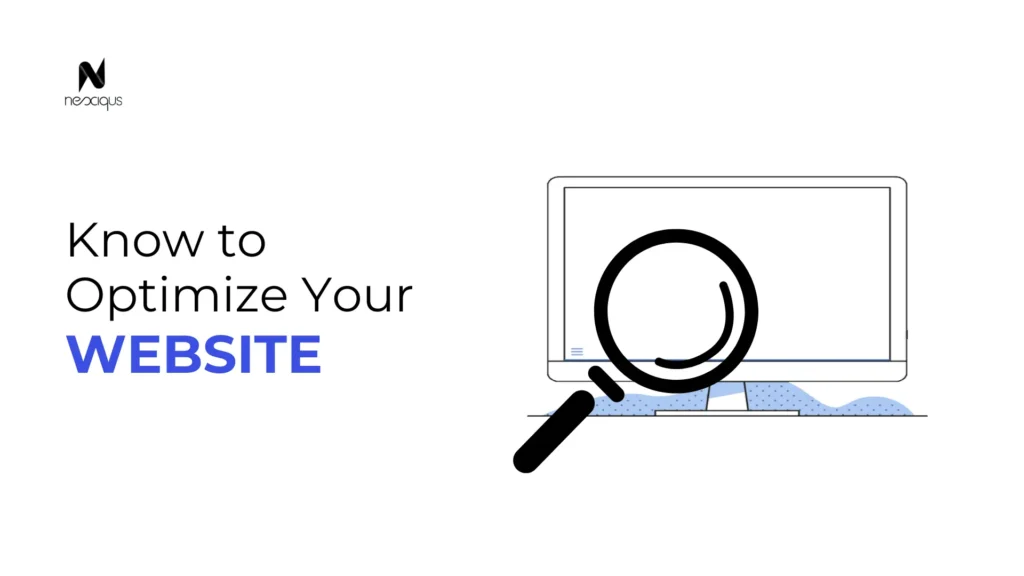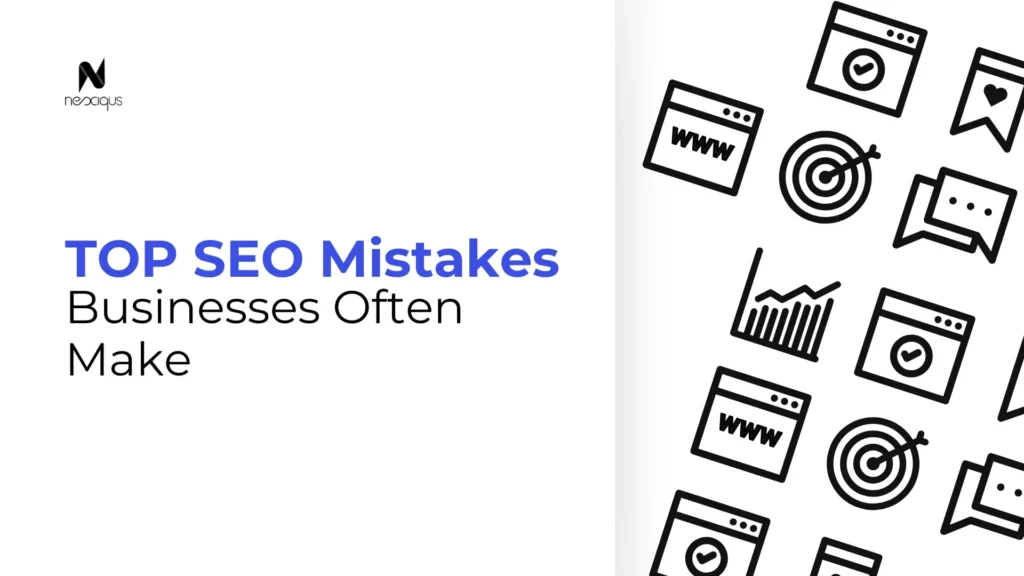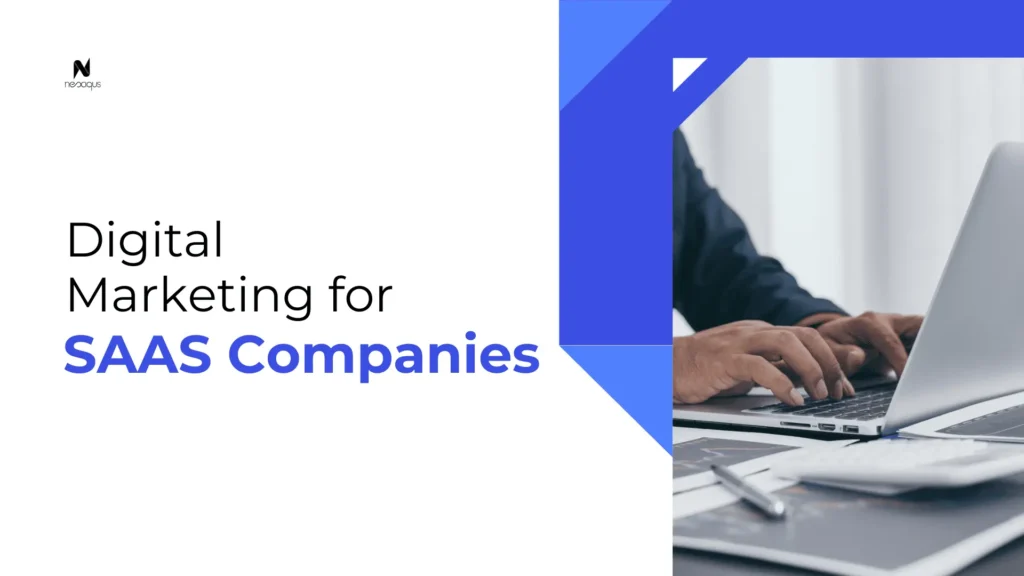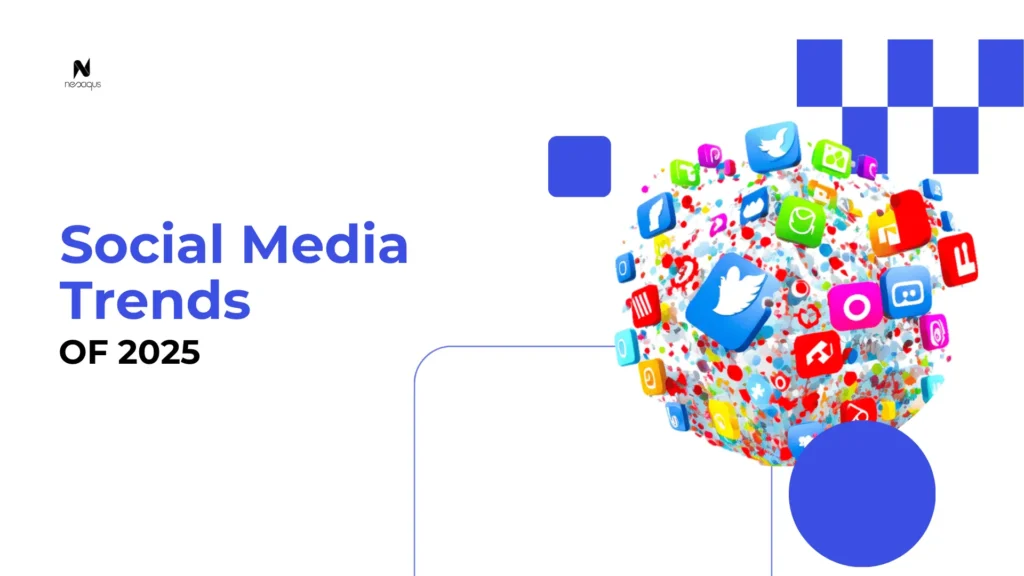How To Optimize Your Website For Maximum Conversions?
In the modern digital world, having a best website with good hosting at lowest hosting plan is only part of the puzzle. To complete the whole puzzle, you must also have a website that not only gets visitors but also gets them to do something: convert.
Conversion rate optimization (CRO) refers to the process of increasing the proportion of visitors who perform the desired actions on your site, such as purchasing, downloading, or registering for a newsletter. Here’s a deep dive into how to optimize your website, along with the perfect hosting space cost, for the highest conversion rate possible:
Strategies For The Maximum Client Conversions For Your Website
1. Know Your Audience
- How To Identify Your Customer: Develop detailed buyer personas for your target market by including their demographics, interests, challenges, and motivations. This understanding will guide each step of your optimization plan.
- Study Your Users: Employ Google Analytics, Hotjar, Crazy Egg, etc., to check how users engage with your website. Look for popular pages and disengagement points, as well as the spots where users seem to get stuck or annoyed.
- Collect Responses: Conducted polls and surveys can help in understanding your audience better. Focus groups can provide a deeper understanding of the needs as well as the barriers to conversion.
2. Enhance Customer Experience (UX)
- Sleek Navigation: Ensure your website has an easy-to-follow menu. This allows visitors to quickly locate what it is they need within the site.
- Improving Page Speed: Conversions drop drastically with slow load times. Use Google PageSpeed Insights to find and fix your business’s performance “bottlenecks.” You can also improve load time by optimizing images, reducing the number of HTTP requests made, and enabling browser cache.
- Mobile Friendly: As the majority of users on the internet are on mobile phones, a mobile-friendly web page is a must. Make sure your web page accommodates and functions well with varying screen sizes for an easy mobile experience.
- Clear Content Elements: Shout using clear fonts, colors, and placement: CTA should be powerful, strategic, and bold and not serve as a distraction. Examples are “shop now,” “grab quotation,” and “join us free of charge.”
3. Build the Right Content Strategy
- Use Attention Grabber: Use the right funnels that attract the audience attention in addition to subheadings because of which the sections of the content are easier to follow.
- Employ Social Proof: Foster credibility by integrating customer reviews, case studies, testimonials, and social media mentions.
- Use Stunning Visuals: Professional images and videos appealingly showcase your services. Visuals greatly influence engagement and conversions.
4. Refine Landing Pages
- Targeted Messaging: The messaging on the landing page should correspond with the ad or link that brought visitors to the page.
- Minimize Distractions: Remove superfluous navigation distractions and focus on a single, clear objective.
- Powerful Headline and Subhead: Put forth the value proposition headline and grab attention right away.
- Add Clear and Prominent CTA: Be sure to include a prominent call to action and make it easy for your visitors to take the intended action.
- A/B Test Elements: Identify the best fit for your audience’s needs by experimenting with headline CTAs, images, and form fields.
5. Enhance Trust and Credibility
- Display Security Badges: Security badges from recognized providers displayed on your website prove that it is secure.
- Provide Contact Information: Visitors should be able to easily get in touch with you if they have any questions or concerns.
- Offer a Money Back Guarantee: Encourage conversions and lower risk by offering a guarantee or refund policy.
- Be Transparent: Be clear with your policies, terms of service, and communication.
6. Carry Out A/B Testing
- Focus on One Variable at a Time: Concentrate on one element at a time to accurately assess its effect on conversion metrics.
- Measure Results: A/B results should be analyzed using analytics software and tracked for significant statistical indicators.
- Refine and Improve: Continue testing and improving the performance of your website based on the results of your A/B tests.
7. Implement Live Chat or Chatbots
- Provide Assistance When Needed: Visitors requiring assistance should be catered to instantly, especially if they have further questions or require detailed information.
- Engage Visitors: Chatbots can be used to interact with visitors and offer help at any time.
- Capture Prospective Customers: Live chats and chatbots can help gain prospective clients while gathering important information about the target audience.
Conclusion
Incorporating the above-mentioned conversion techniques helps to make the website a reliable source for conversion growth and helps with business success. Keep in mind that CRO is a continuing endeavor, so always review, test, and change certain features of your website to be more competitive and ensure the best returns possible.
Also remember, that with the best strategies, you need to have the most aligned web hosting provider. Your host can simplify the servers, features, and other aspects of benefits into high-speed loading, easy caching, low charges, and much more. This way, you can ensure your website always remains ahead of the development curve.



